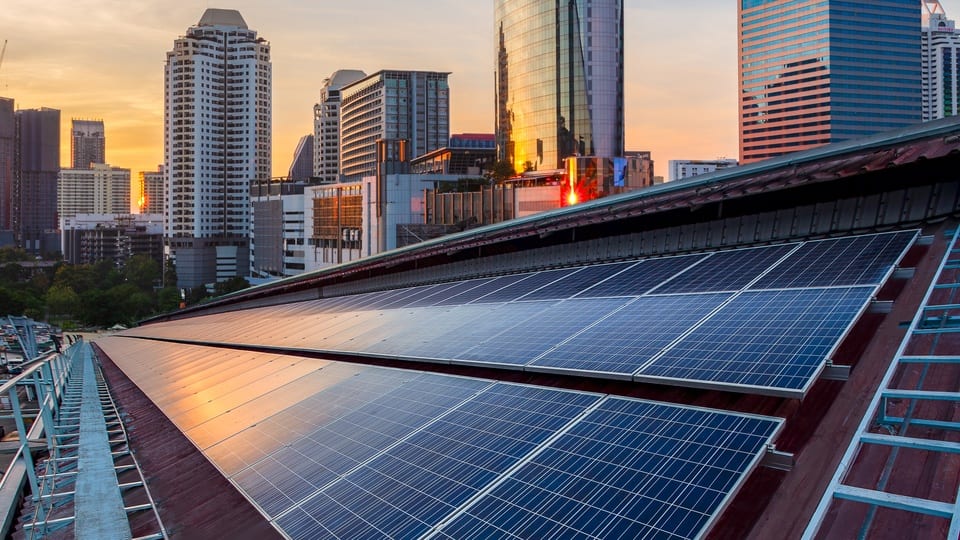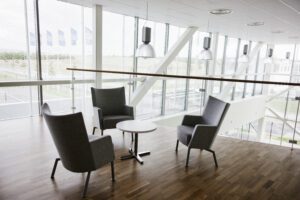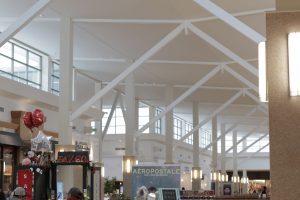It’s a no-brainer that a big building uses up a lot of energy and can produce a lot of wasteful issues during the construction. Nowadays, conserving energy and making areas greener is a top priority among most cities when it comes to new construction. Going green in commercial construction has an incredible amount of perks, with vaguely zero downsides. To put this into better perception, buildings, including commercially owned, are responsible for 40% of the energy usage across the planet. That’s the PLANET; not country, not continent, but the whole she-bang. Imagine a world where every building went green, here is what would be accomplished.
- Thought the initial cost of the construction is higher to go green than conventional buildings, it has been proven that the amount saved on energy, water, and maintenance costs far outweighs the potential sticker shock.
- Insulation used in green construction is typically recycled and sustainable. Some companies even use a material very close to fiberglass, except its denim! Old jeans that are tossed aside, ruined, or wasted are given new life to insulate the walls of an eco-friendly building.
- Dual plumbing allows for less water consumption, using reclaimed water for the toilet and landscape irrigation and potable water for everything else.
- Going green can be quite literal in eco-friendly construction. Buildings built with green in mind have the abilities to grow gardens on the rooftops and have what’s referred to as “living walls.” Living walls, also known as bio-walls, reflect solar radiation, improve air quality by absorbing carbon dioxide and releasing oxygen, and absorb rainwater that would otherwise be runoff.
In short, going green in the commercial construction of new buildings is the smartest decision one can make before breaking ground. It will save money and also help save the earth, one construction site at a time.






